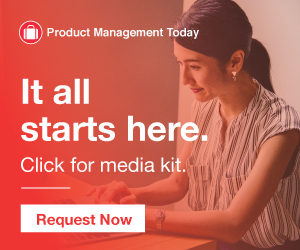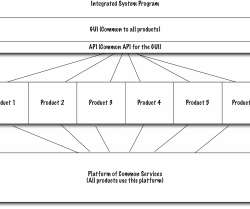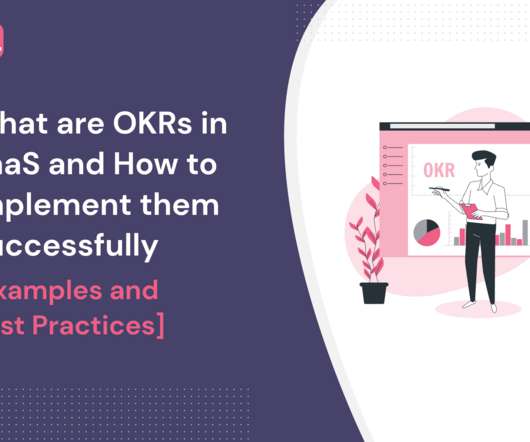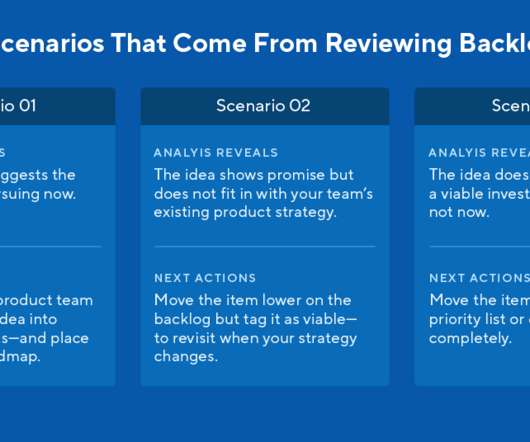Ask Teresa: How Do You Select Customers for Customer Interviews?
Product Talk
MARCH 2, 2022
Welcome to the next installment of Ask Teresa, the column where I address common questions about continuous discovery. If you’d like to see the other posts in this series, you can find them here. Creating frequent touch points with customers is one of the core tenets of continuous discovery. I’ve often said that I believe interviewing customers frequently and consistently is a keystone habit.

























Let's personalize your content